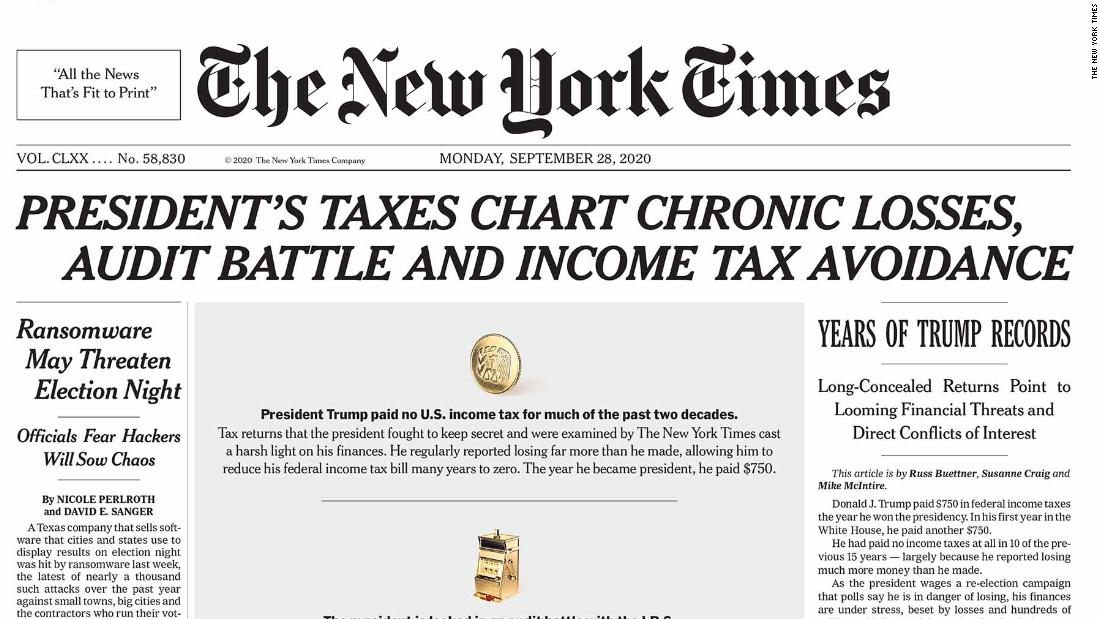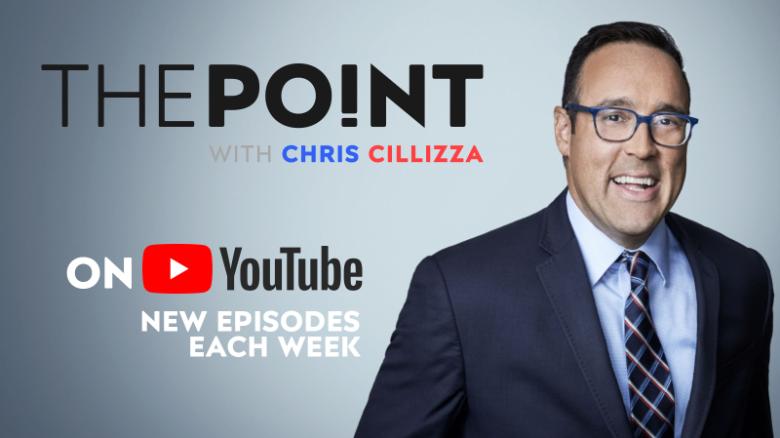Analysis: Donald Trump’s secret to not paying his debts
“When the project encountered problems, he tried to walk away from his huge debts. For most individuals or businesses, that would have been a recipe for ruin. But tax-return data, other records and interviews show that rather than warring with a notoriously litigious and headline-seeking client, lenders cut Mr. Trump slack — exactly what he seemed to have been counting on.”
The key line there is this: “Rather than warring with a notoriously litigious and headline-seeking client, lenders cut Mr. Trump slack — exactly what he seemed to have been counting on.”
Which means this: Donald Trump was such a public bully that the lenders preferred to work to eat the debt (or a large portion of it) rather than risk a fight with him because, well, they had made the calculation it simply wasn’t worth it.
Which, judging from Trump’s record of litigiousness, wasn’t the worst decision.
“For nearly half a century, Trump … has used lawsuits as cudgels and prods and publicity stunts. He and his wingmen have used them, or threats of them, to harass, to deflect and delay, to punish opponents and protect his brand, his money, his image, himself. Even in the face of losses, he has used them to find a way to wins.”
“I’m the king of debt. I’m great with debt. Nobody knows debt better than me. I’ve made a fortune by using debt, and if things don’t work out I renegotiate the debt. I mean, that’s a smart thing, not a stupid thing.”
Pressed by O’Donnell on how he renegotiated his debts, Trump responded: “You go back and you say, hey guess what, the economy crashed. I’m going to give you back half.”
Except that’s not quite right in this case, at least according to The New York Times. Rather than renegotiate to pay half of what he owned his lenders on the Chicago project, Trump actually paid, well, next to nothing. Here’s how the Times describes it:
“Big banks and hedge funds gave him years of extra time to repay his debts. Even after Mr. Trump sued his largest lender, accusing it of preying on him, the bank agreed to lend him another $99 million — more than twice as much as was previously known — so that he could pay back what he still owed the bank on the defaulted Chicago loan, records show.
“Ultimately, Mr. Trump’s lenders forgave much of what he owed.”
These tactics, as you may have already figured out, aren’t available to the average person. Or even a relatively well-to-do person. Trump leveraged his penchant for attracting publicity and his well-known reputation to sue, sue, sue in order to wriggle out of paying back almost $300 million in debts.
What will he do? What he’s always done: Try to bully and sue his way out of it.
![]()



